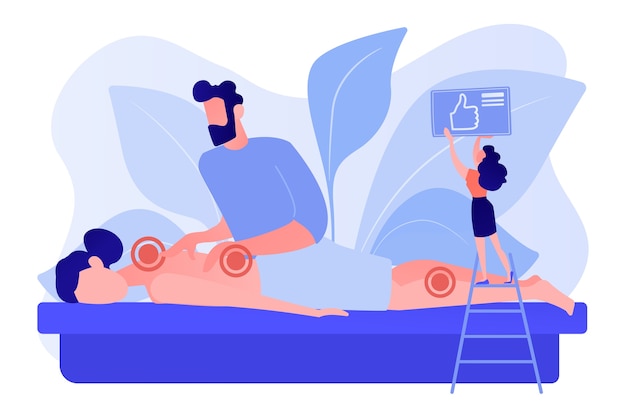If you're a weekend warrior—someone who pushes hard during limited free time but sits most of the week—tight muscles, soreness, and nagging injuries are all too familiar. The secret to staying injury-free and performing better might not be more stretching or strength training. It’s myofascial release: a simple, evidence-backed technique that targets the connective tissue surrounding your muscles to improve mobility, reduce pain, and enhance recovery.
The best part? You only need 35 minutes a day. No fancy equipment or certification required. Just a foam roller, a ball, and a few smart habits can transform how your body feels and performs.
Fascia is a web-like connective tissue that surrounds every muscle, bone, nerve, and organ in your body. When you're active, stressed, or sedentary for long periods, this tissue can become tight, restricted, or glued together—leading to stiffness, reduced range of motion, and even referred pain.
Myofascial release (MFR) involves applying gentle, sustained pressure to these restricted areas to loosen the fascia, improve blood flow, and restore normal movement. Unlike traditional stretching, MFR targets deeper layers of tissue, making it especially effective for chronic tightness and injury prevention.

Time is a barrier for many. But research shows that short, consistent sessions are more effective than infrequent, longer ones. Thirty-five minutes allows you to cover major muscle groups without burnout, making it sustainable for busy lifestyles.
This daily investment helps:
This routine is designed for efficiency and effectiveness. Perform it post-workout or as a standalone session, ideally at the same time each day to build consistency.
Start with light movement to increase blood flow. Try:
Spend 2–3 minutes on each area. Roll slowly—about 1 inch per second—and pause on tender spots for 20–30 seconds.

Use a tennis ball or lacrosse ball for smaller, deeper areas:
Finish with static stretches to reinforce the release:
Pair each stretch with slow, deep breaths—inhale through the nose, exhale through the mouth—to signal relaxation to your nervous system.
Studies show myofascial release can:
For weekend warriors, injury prevention isn’t just about warming up or cooling down—it’s about daily maintenance. Myofascial release is a powerful, accessible tool that keeps your body functioning optimally. With just 35 minutes a day, you can reduce pain, improve mobility, and stay active longer.
Start small. Be consistent. And let your fascia thank you.

Fitness

Fitness

Fitness

Fitness

Wellness

Wellness

Fitness

Fitness

Fitness

Fitness

Fitness

Fitness

Health

Fitness

Health

Health